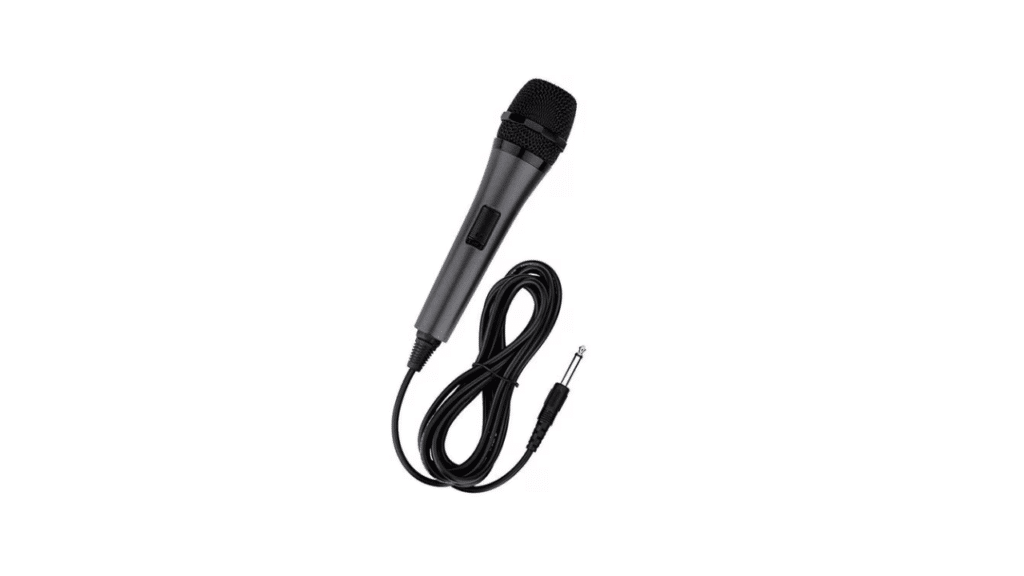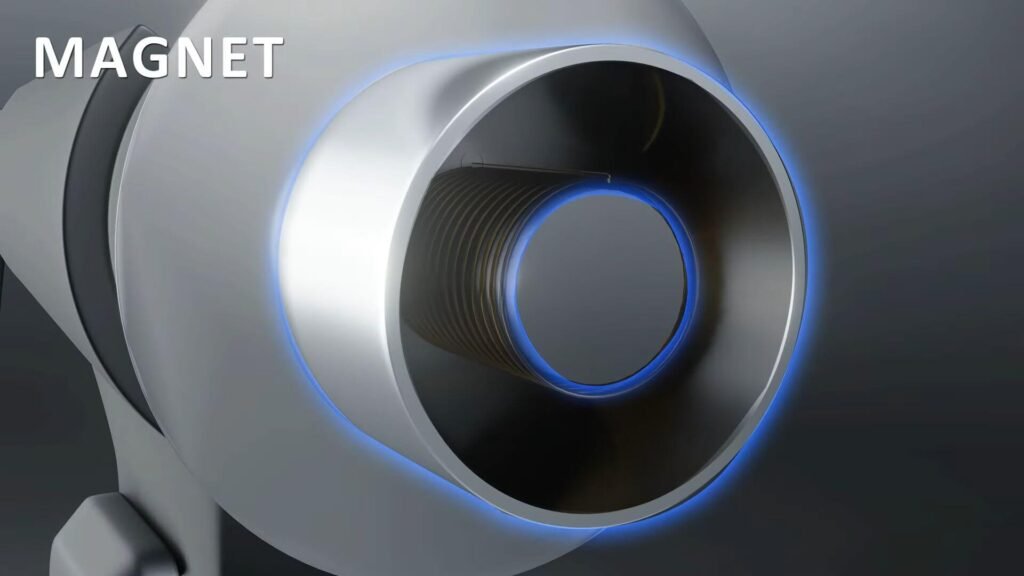Microphone is the greatest invention for capturing sound and transmitting it into electrical signals. It has greatly revolutionized the way we communicate, record music, and capture audio in various settings.
Microphones work on the principle of converting acoustic energy (sound waves) into electrical energy. This process is called transduction and it is the heart of every microphone.
Today, we’ll see how Microphone Works in reality with 3d animation. Hope you guys will enjoy this article and you’ll know all about the microphone.
Quick Access
ToggleWhat Is Microphone

A microphone, often referred to as a ‘mic’, is a device designed to convert sound waves into electrical signals. It is an integral part of various communication, recording, and audio-capturing systems.
Microphones have a wide array of applications, including in telephones, public address systems, concert halls, television broadcasts, and the recording industry. They enable sound amplification and recording, making long-distance communication possible.
The functionality of a microphone relies on the principle of transduction. This process involves the conversion of one form of energy, in this case acoustic energy (sound waves), into another form, electrical energy.
There are various types of microphones available, each with its unique characteristics and applications. These include dynamic mics, condenser mics, ribbon mics, and lavalier mics, to name a few.
Types of Microphones
There are various types of microphones are available in the market and each type has its own usage, pros, and cons.
But most of the uses microphones are Condenser and Dynamic mics. Let’s talk about these two types of microphones.
Condenser Microphone

A condenser microphone is also known as a capacitor microphone. It uses the principle of capacitance to convert sound waves into electrical signals.
In simple terms, a condenser mic consists of two plates – one fixed and one movable – separated by a small air gap. When sound waves enter the microphone, they cause vibrations in the movable plate, resulting in changes in the distance between the plates.
This change in distance alters the electric field between the plates, generating an electrical signal that corresponds to the original sound wave.
Condenser microphones are more sensitive than dynamic mics and have a flatter frequency response. They are often used for recording vocals and acoustic instruments due to their high-quality sound reproduction.
Dynamic Microphone

Dynamic microphones, on the other hand, use electromagnetic induction for sound-to-electricity conversion. They have a simple design consisting of a diaphragm attached to a coil of wire placed in a magnetic field.
When sound waves hit the diaphragm, it vibrate, causing the coil to move back and forth within the magnetic field. This movement of the coil induces an electric current, creating an electrical signal that corresponds to the original sound wave.
Dynamic microphones are known for their durability and affordability. They also have a high tolerance for loud sounds, making them suitable for live performances and recording instruments with high sound pressure levels.
Video Tutorial
How Microphone Works
Now let’s dive into the working principle of a microphone using 3D animation to get a better understanding.
A Microphone uses phenomenal electro-acoustic technology to convert sound waves into electrical signals. Depending on the type of microphone, this conversion process can vary slightly.
Let’s take a look, at what is inside of a microphone.
Windscreen

The windscreen is a foam or mesh cover that surrounds the mic element. It helps to reduce wind noise and popping sounds when speaking.
Body

The body is another visible part of a microphone and it provides mechanical support to all internal components.
Capsule

The capsule is the most critical part of a microphone as it converts sound into electrical signals. It usually consists of two plates, one fixed and one movable. The movable plate vibrates when sound waves hit it, generating an electrical signal.
A Capsule made with three main components Diaphragm, Coil and Magnet.
Diaphragm

The diaphragm is a thin, flexible membrane that vibrates when sound waves hit it, creating an electrical signal.
Coil

The coil is attached to the back of the diaphragm. It moves within a magnetic field as the diaphragm vibrates, generating an electric current.
Magnet

The magnet produces a magnetic field that interacts with the moving coil, inducing an electric current.
Let's see How This Part Works

Firstly, the sound hits the diaphragm of the capsule and creates vibrations.

Those vibrations are translated into electrical signals by the coil inside the magnet’s magnetic field.

Consequently, the motion of the Coil and Magnetic field transform the sound wave into electric signals.
Those electrical signals are then amplified and sent out through the output connector to a recording device or speaker, where they can be heard as sound again.
Microphones play a crucial role in our daily lives, whether we realize it or not. From phone calls to live performances, they are an essential tool for capturing and transmitting audio.
Conclusion
We hope this tutorial will help you to know all about How Microphone Works, and what’s inside of a microphone.
Knowing the basics of microphone technology can help you choose the right type of mic for your specific needs. Whether you are a musician, podcaster, or simply someone who enjoys good audio quality, understanding how microphones work can enhance your overall audio experience.
So next time you see a microphone, you’ll have a better understanding of what makes it work.
Thanks for your valuable time, if you’ve still any further questions then feel free to ask us. Keep learning and stay connected for more exciting tutorials like this.



